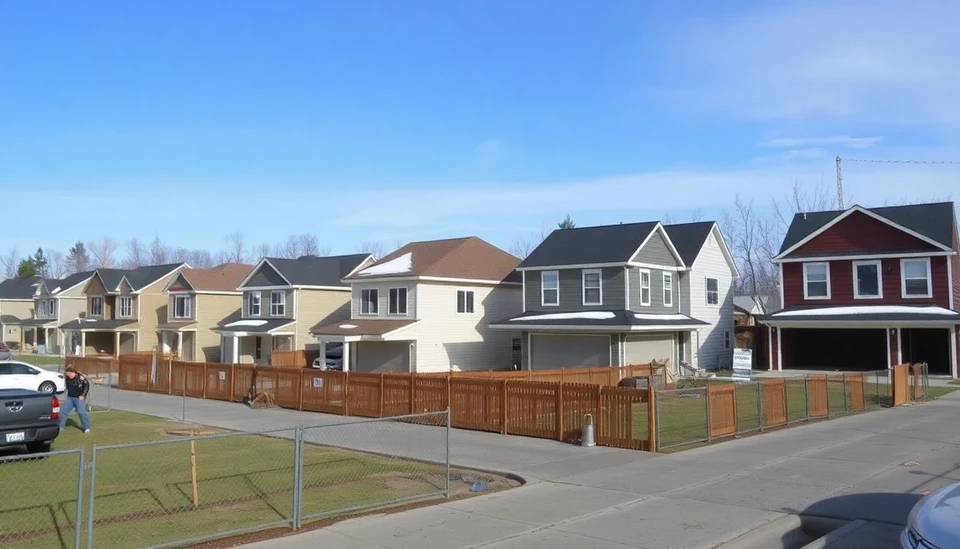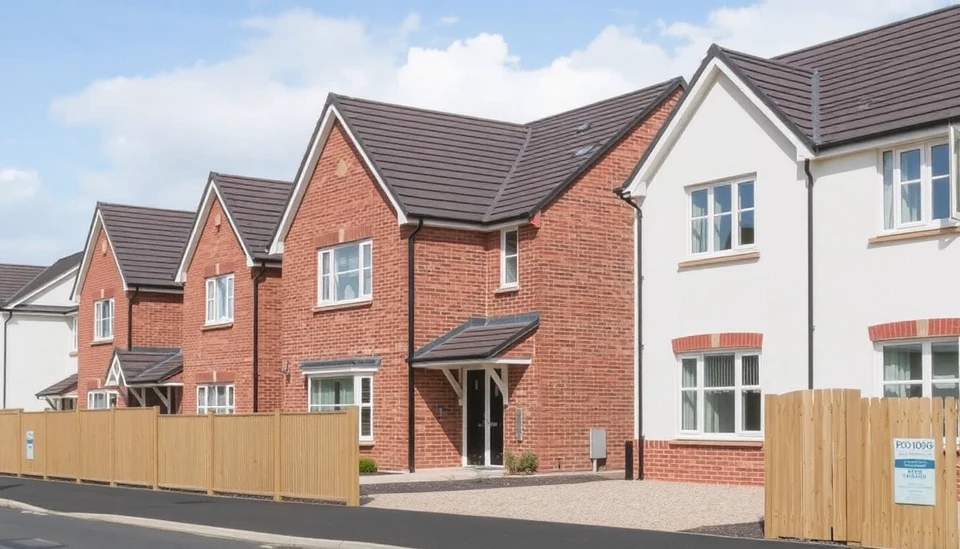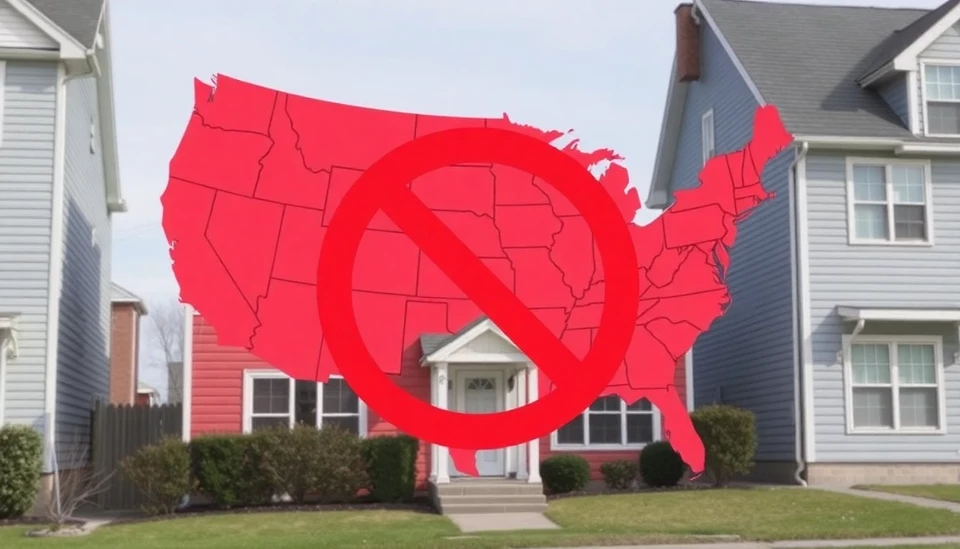
In a surprising turn of events, the U.S. housing market experienced a notable decline in housing starts during January, reversing the robust growth seen in December. The latest data released indicates that the initial construction of new homes fell by a significant percentage, raising concerns about the sustainability of the housing sector amid changing economic conditions.
According to the Census Bureau, the seasonally adjusted annual rate of housing starts dropped to a striking **1.5 million units**, marking a **12% decrease** from the previous month. This decline not only came after December's surge, which saw a substantial increase of 17% in housing starts, but also raised questions about future trends in the residential construction market.
The drop in housing starts is reflective of various factors influencing the real estate landscape. Analysts point to rising interest rates, affordability challenges, and a general market cooling as primary contributors to this downturn. Many prospective homebuyers have found themselves priced out of the market as mortgage rates continue to climb, leading to a slowdown in demand for new housing projects.
The multifamily sector, which typically includes apartment buildings and condos, was hit particularly hard in January, dropping nearly 20% from December levels. This downturn comes at a time when many cities are grappling with housing shortages and escalating rental prices, raising concerns about the long-term implications of this sharp decline.
On a regional level, the South experienced the most drastic decrease in housing starts, suffering a **15% decline**. Meanwhile, the West also saw a sizable reduction of **10%**, although the Northeast and Midwest exhibited relative stability with modest changes in starts.
Despite this downturn, some experts remain cautiously optimistic about the future of the housing market. They argue that while January's figures are disappointing, they may not necessarily signal a complete reversal in market trends. As supply chains stabilize and labor shortages begin to alleviate, the housing sector may see a rebound in the coming months, particularly if interest rates stabilize.
In conclusion, the January data serves as a critical reminder of the volatile nature of the housing market and the interplay of economic factors affecting it. Stakeholders, from builders to potential homebuyers, will need to remain vigilant as they navigate the ever-changing landscape of U.S. real estate.
#HousingMarket #USHousingStarts #RealEstateNews #ConstructionTrends #EconomicIndicators #HomeBuying
Author: Laura Mitchell




